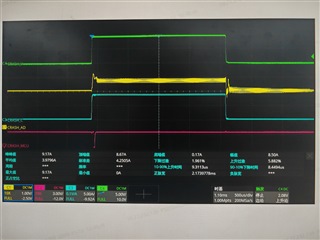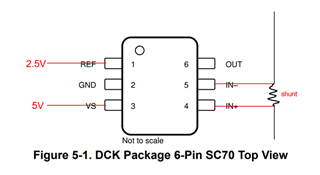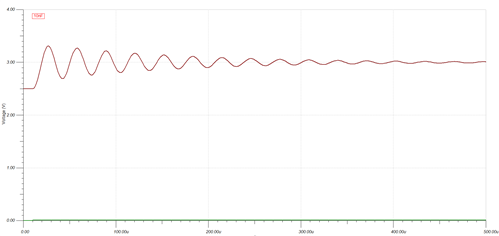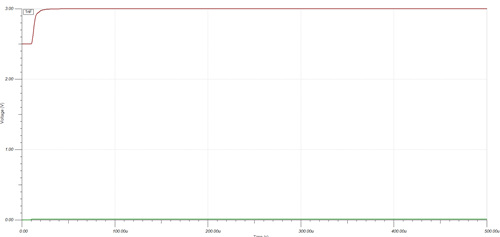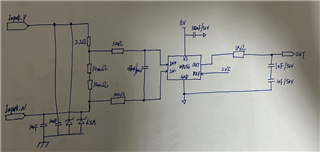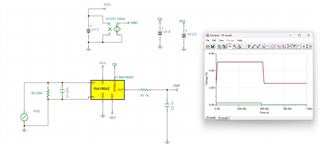Other Parts Discussed in Thread: INA186
Tool/software:
Hi Expert,
Customer is using INA186A2QDCKRQ1 in current sensor application. The waveform is described as below and pls ignore the green line and red line. When the current folws from IN+ to IN-, there was jitter in optput. While the current flows from IN- to IN+, the output works normally. Can you give some suggestions to troubleshoot it?
IN+ to IN-; OUT to VS;
